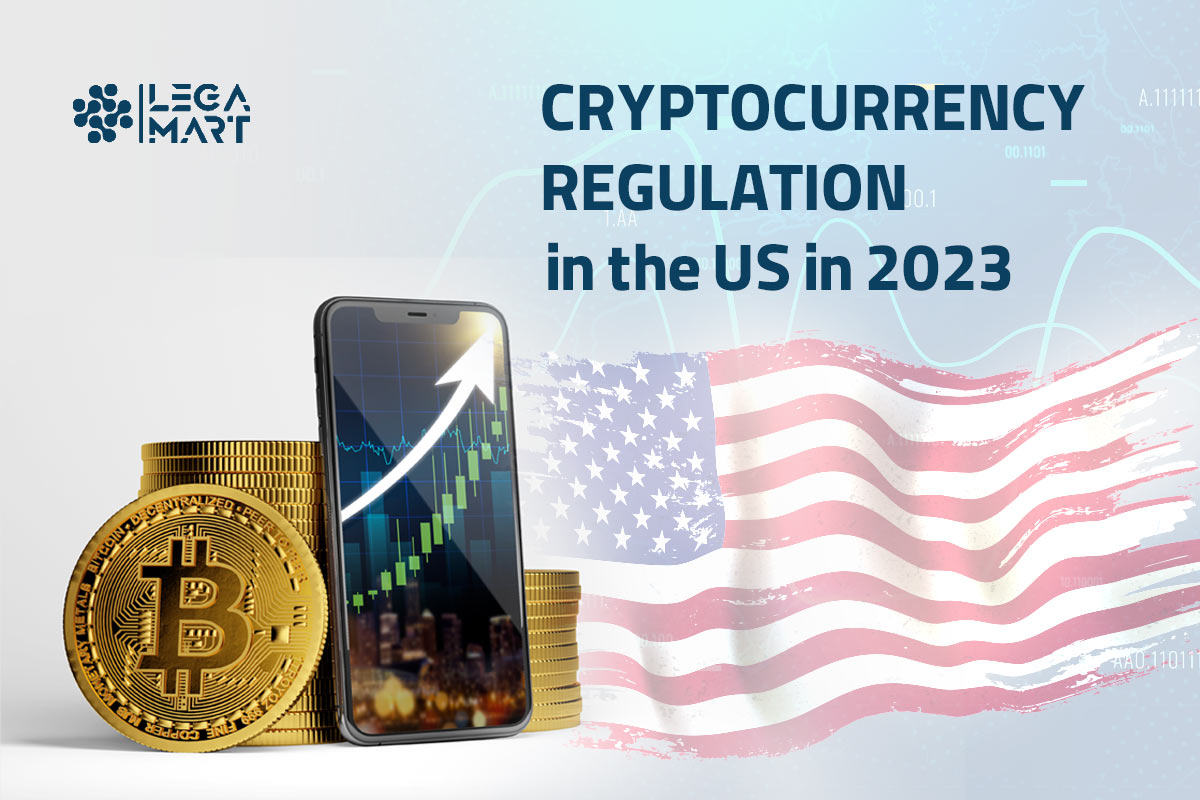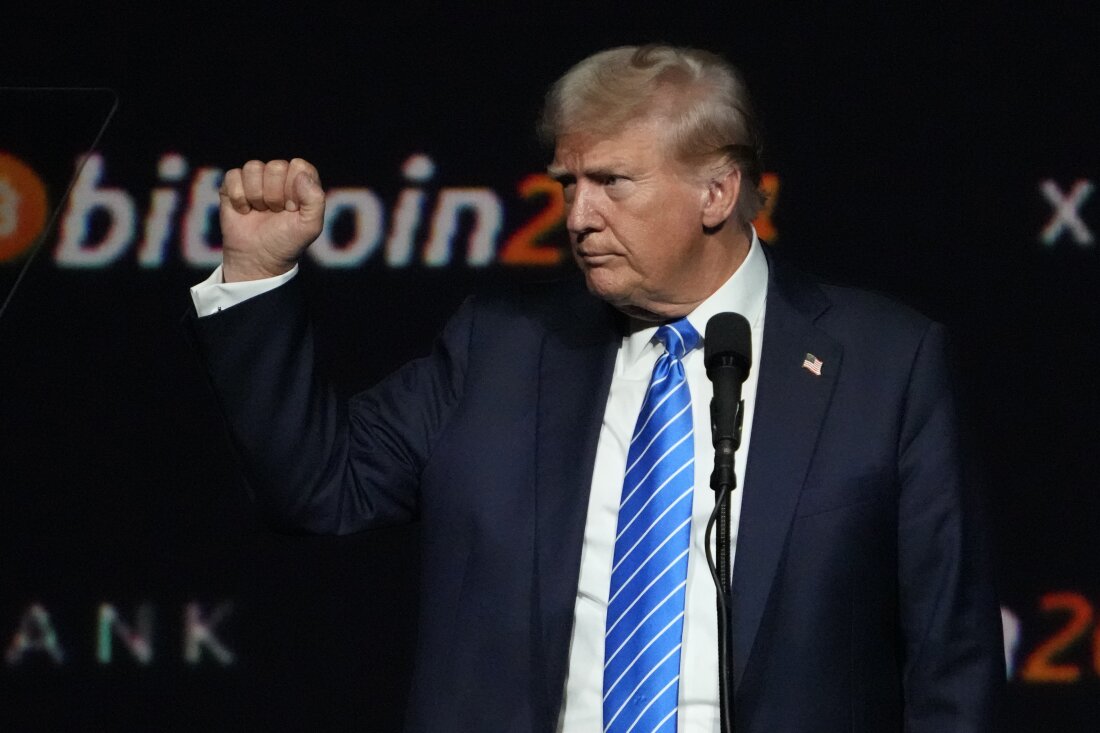
U.S. Crypto Regulations Shift: A New Era for Stablecoins and CBDCs?
By CRYPTOBITE Staff
As the landscape of cryptocurrency regulation in the United States evolves, major shifts are apparent, especially concerning non-compliant stablecoins like Tether and the prospect of a Central Bank Digital Currency (CBDC). Recent reports from JPMorgan highlight these significant regulatory initiatives, indicating that we are on the brink of notable changes in how cryptocurrencies operate within the U.S. financial framework.
The Surge of Regulatory Initiatives
In recent months, regulatory initiatives regarding cryptocurrencies have accelerated, raising critical questions about the future of digital assets. According to analysts from JPMorgan, the initiatives seem to be taking a firm stance against a potential U.S. CBDC and against local banks engaging with cryptocurrencies. The impending presidential election adds further urgency to these developments, with the market watching closely.
“Emerging regulatory initiatives appear to be against a Fed coin, against U.S. banks engaging with crypto, against non-compliant stablecoins such as Tether, and against a blanket classification of all tokens outside Bitcoin and Ether as securities,” JPMorgan’s analysts stated in their recent report.
 The evolving landscape of U.S. crypto regulations
The evolving landscape of U.S. crypto regulations
Among the ongoing legislative discussions, the Clarity for Payment Stablecoins Act comes into focus as the most likely candidate for approval before the November elections. If passed, this bill could reshape the dominance of non-compliant stablecoins like Tether, which must adapt or risk losing market share to compliant alternatives.
Implications for Stablecoins
Stablecoins, cryptocurrency assets typically pegged to the U.S. dollar, have come under scrutiny in light of these proposals. They play a crucial role in the broader crypto economy, providing necessary liquidity while maintaining price stability. However, the dominance of non-compliant stablecoins such as Tether (USDT) may soon face severe challenges, should the Clarity for Payment Stablecoins Act gain traction.
The Clarity for Payment Stablecoins Act aims to bolster U.S. compliant stablecoins while creating a regulatory framework that may enhance consumer protections and financial stability. This dual approach could potentially sideline stablecoins perceived as non-compliant, an outcome that would drastically shift the current market dynamics.
The Prospects of a CBDC
While discussions regarding stablecoins are gaining momentum, prospects for a U.S. Central Bank Digital Currency remain uncertain. Following the House’s recent passage of a bill banning the Federal Reserve from issuing a CBDC, sentiments from JPMorgan indicate that the future of such a currency is grim. The bank experts suggest that further exploration of a U.S. CBDC may not advance in the current political climate, creating an interesting dynamic in the conversation surrounding digital currencies.
The Central Bank Digital Currency (CBDC) Anti-Surveillance State Act illustrates ongoing apprehensions regarding the implications of a digital dollar on personal privacy and financial autonomy. While designed to curtail the Federal Reserve’s potential overreach, this piece of legislation reflects a growing backlash against intrusive monetary policies that might accompany a CBDC.
 Political concerns around CBDCs and privacy issues
Political concerns around CBDCs and privacy issues
Challenges for Financial Institutions
The challenges presented by evolving legislation are not limited to wallet providers and retail investors; traditional banks and financial institutions are also navigating an increasingly complex regulatory landscape. The recent resolution to overturn the SAB 121 accounting rule, which made it difficult for banks to custody crypto assets, faced a veto from President Biden, illustrating the regulatory hurdles institutions face when trying to integrate cryptocurrency into their offerings.
As financial institutions look to future-proof their operations, the realization that compliance with emerging regulations may require substantial investment in legal and technical infrastructure is dawning. The interplay between banks and cryptocurrencies will likely be a focal point in regulatory discussions moving forward, potentially creating an environment that burdens smaller players and startups.
Conclusion: A Transformative Time for Crypto
As the landscape of cryptocurrency regulation shifts in the United States, stakeholders must navigate a complex web of new challenges and opportunities. Discussions around stablecoins and the potential for a CBDC are reshaping the digital asset ecosystem, where compliance will be paramount for survival.
With ongoing changes on the horizon, including the potential approval of the Clarity for Payment Stablecoins Act and evolving discussions on CBDCs, the crypto space is poised for transformation. Investors, developers, and institutions alike should remain vigilant as these developments unfold, ensuring they are prepared for a future where regulatory compliance becomes the norm.
 Expectations for cryptocurrency post-regulatory changes
Expectations for cryptocurrency post-regulatory changes
The landscape is shifting, and how effectively one adapts will determine success in this rapidly evolving domain. Stakeholders will need to focus on compliance and innovation to thrive in an increasingly regulated environment. As the presidential election approaches, all eyes will be on these critical initiatives, which may very well define the future of cryptocurrency in America.















